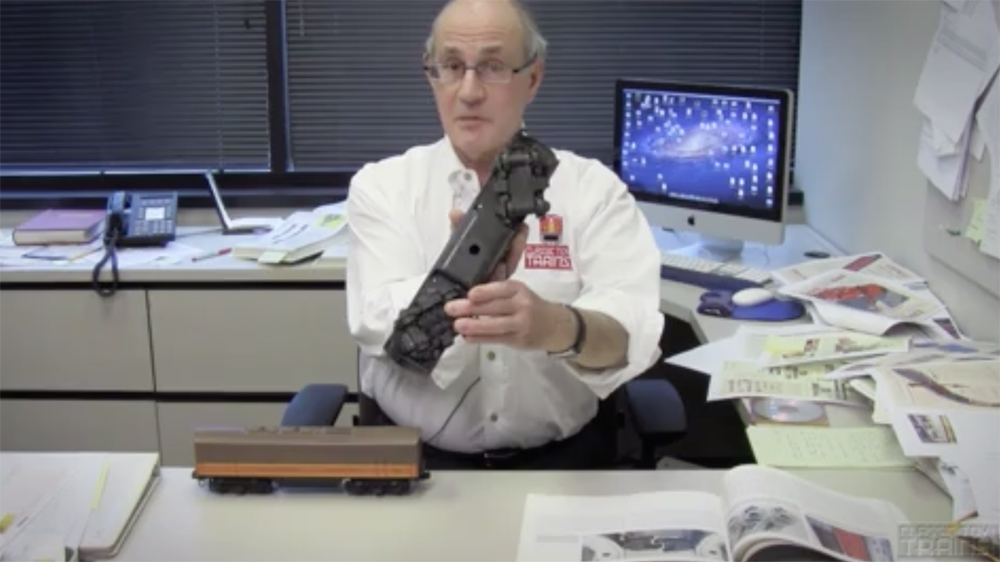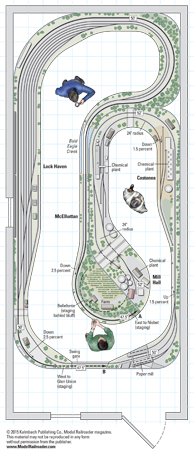
Name: Conrail’s Bald Eagle Branch Scale: HO (1:87.1) Size: 11′-4″ x 27′-4″ Prototype: Conrail Locale: central Pennsylvania Era: 1996 Style: walk-in Mainline run: 60 feet Minimum radius: 30″ Minimum turnout: no. 6 Maximum grade: 2.5 percent The track plan originally appeared in the June 2015 issue of Model Railroader. Click on the link to download […]
Read More…
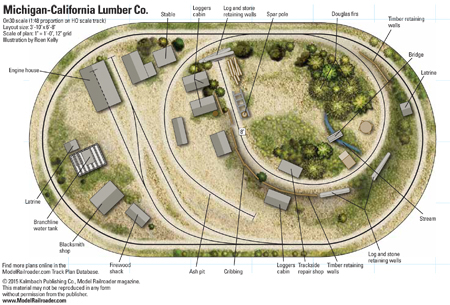
Name: Michigan-California Logging Co. Scale: On30 (1:48 proportion on HO scale track) Size: 3′-10″ x 6′-8″ Prototype: Michigan-California Lumber Co. Locale: El Dorado County, Calif. Style: Tabletop oval Era: 1918 Mainline run: 19′-4″ Minimum radius: 18″ Minimum turnout: no. 6 Maximum grade: 4 percent Height: 41″ to 47″ Roadbed: Homasote Track: handlaid Fast Tracks and […]
Read More…
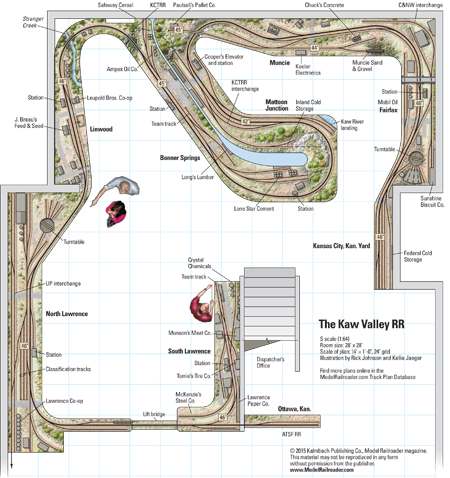
S scale Kaw Valley RR Name: The Kaw Valley RR Scale: S scale (1:64) Size: 28 x 28 feet Prototype: inspired by the Kansas City, Kaw Valley & Western RR Locale: eastern Kansas Era: late 1950s Style: walk-in Mainline run: 145 feet Minimum radius: 36″ Minimum turnout: no. 6 Maximum grade: 2 percent Benchwork: open […]
Read More…
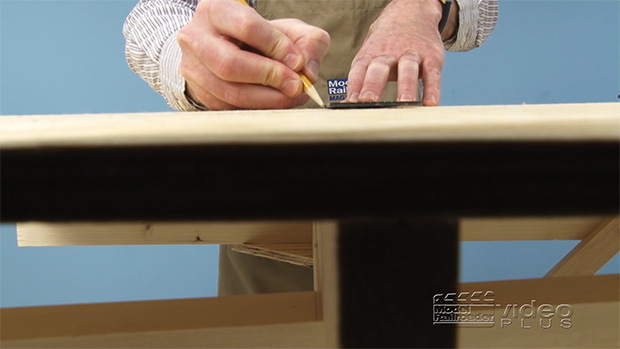
Having trouble viewing this video? Please visit our Video FAQ page L-girder benchwork construction moves forward on the HO scale Winston-Salem Southbound project layout. MRVP’s David Popp works on adding everything that goes above the L-girder members, including joists, risers, and subroadbed components! […]
Read More…
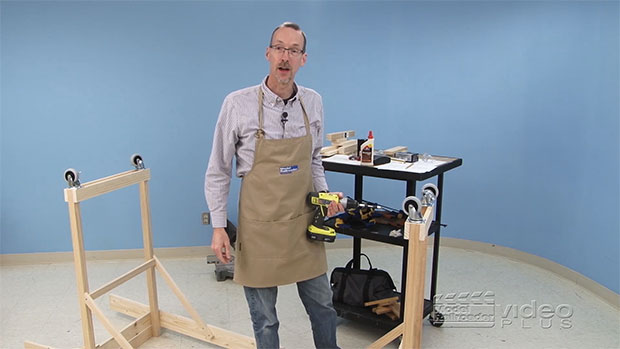
Having trouble viewing this video? Please visit our Video FAQ page Construction of the L-girder benchwork for MRVP’s HO scale layout, the Winston-Salem Southbound Railway, continues as David Popp attaches legs and structural bracing. He also shows how to add casters to the legs, which makes it much easier to move the layout around […]
Read More…
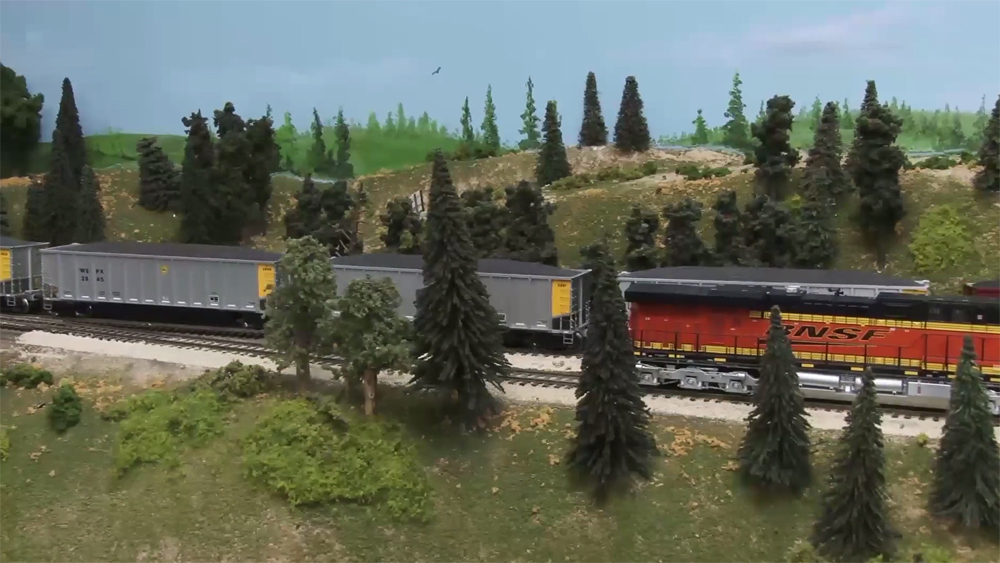
Having trouble viewing this video? Please visit our Video FAQ page Andy Sperandeo, a contributing editor for Model Railroader magazine, is back with another helpful model railroad operations tip. This time Andy uses the MR&T HO scale layout to demonstrate how a helper (or “pusher”) diesel locomotive assists a heavy train over a stiff […]
Read More…

HO scale Iron Mountain, Marquette & Lake Superior RR Name: Iron Mountain, Marquette & Lake Superior RR Scale: HO (1:87.1) Size: 17 x 28 feet Prototype: freelanced, based on Lake Superior & Ishpeming Locale: Michigan’s Upper Peninsula Era: 1930s to 1950s Style: Along the wall, with peninsulas Benchwork: 1 x 4 open grid Height: 32″ […]
Read More…
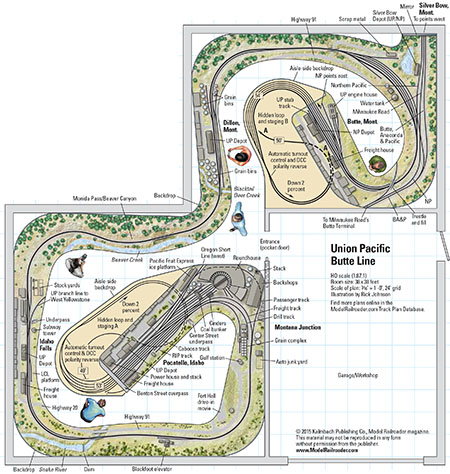
HO scale Union Pacific Butte Line Name: Butte Line Scale: HO (1:87.1) Size: 38 x 38 feet Prototype: Union Pacific’s branch line from Pocatello, Idaho, to Butte, Mont. Locale: Southeastern Idaho and south-central Montana Era: 1954 Style: Point-to-point walkaround Mainline run: 280 feet, including hidden staging and return loops (140 feet excluding staging) Minimum radii: […]
Read More…
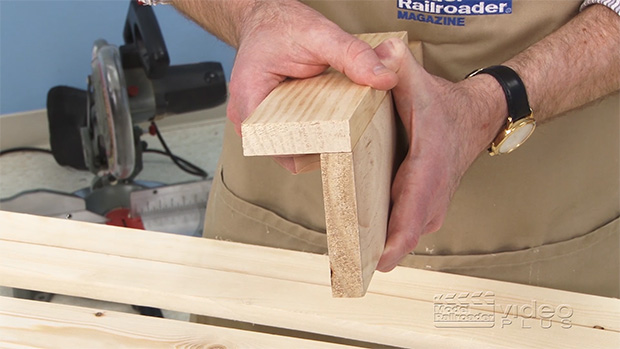
Having trouble viewing this video? Please visit our Video FAQ page The legendary model railroader Linn Westcott pioneered L-girder benchwork in the 1960s. But even today, it remains the most versatile layout framing system around! In this first of several instructional videos, MRVP’s David Popp shows you how to start assembling the key L-girder […]
Read More…
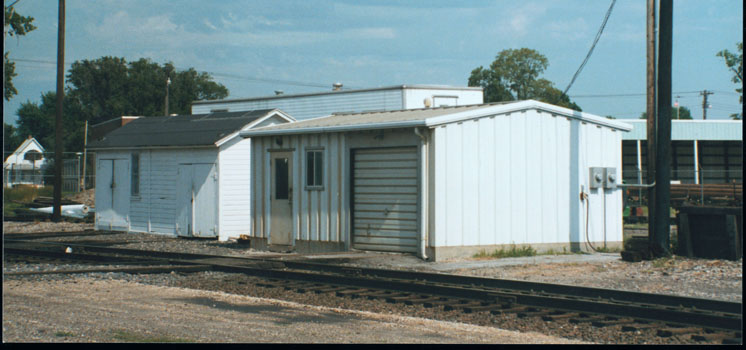
Railroad MOW sheds make easy scratchbuilding projects for a model railroad. In the article “A tale of two sheds” author Harold W. Russell describes two prototype railroad maintenance-of-way (MOW) sheds and includes scale drawings. Use the drawings and the article as a basis for a scratchbuilding project on your model railroad. Prototype drawings: Railroad MOW […]
Read More…
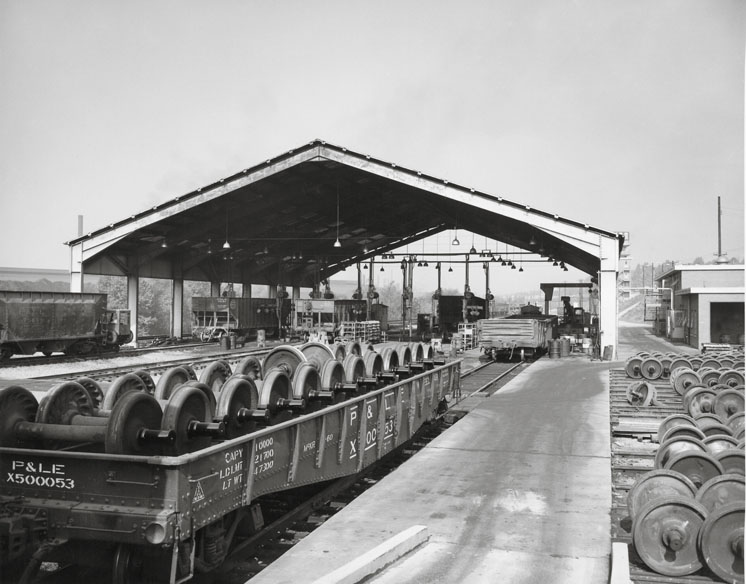
Railroad equipment sustains a great deal of wear and tear as the freight cars travel about the country. For this reason, all cars receive careful attention from car inspectors anytime they move through a yard or terminal. Car inspectors are trained to look for anything that’s wrong with a freight car, from damaged safety appliances […]
Read More…






